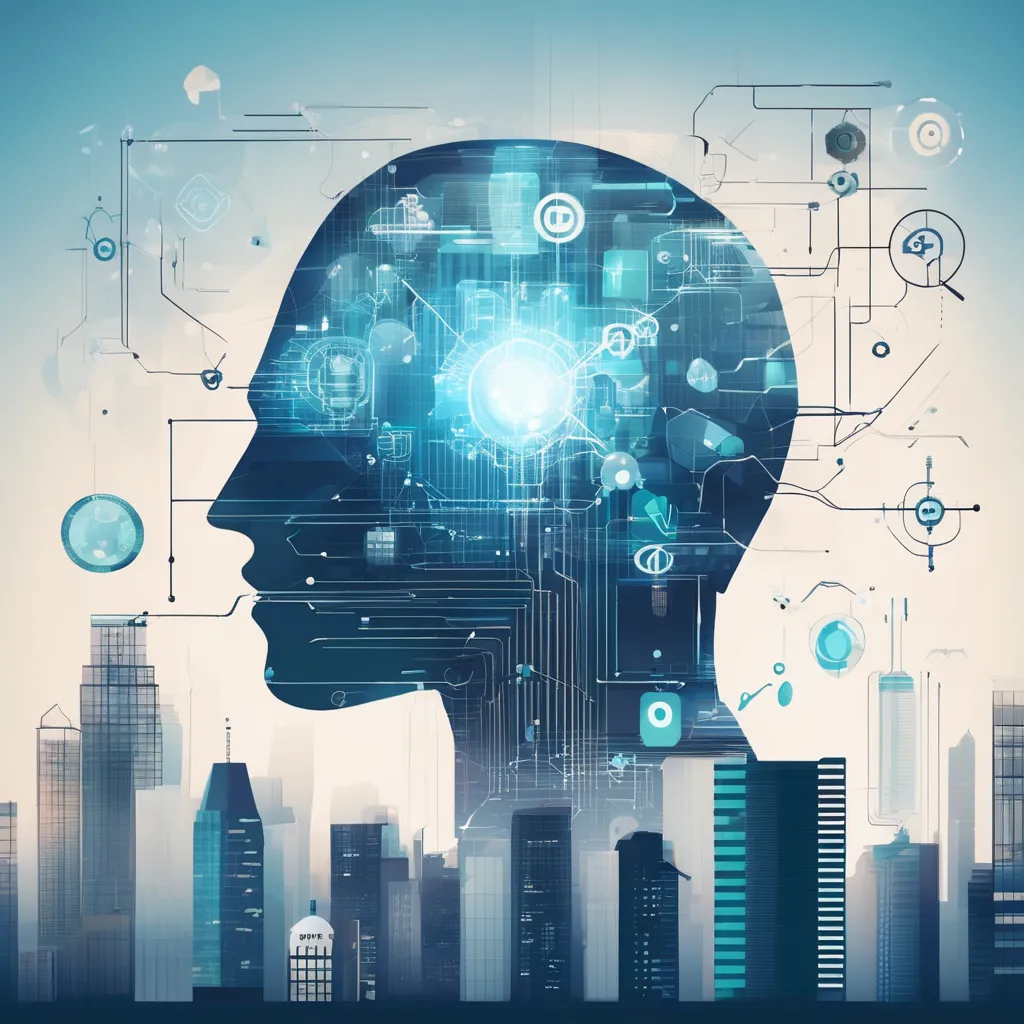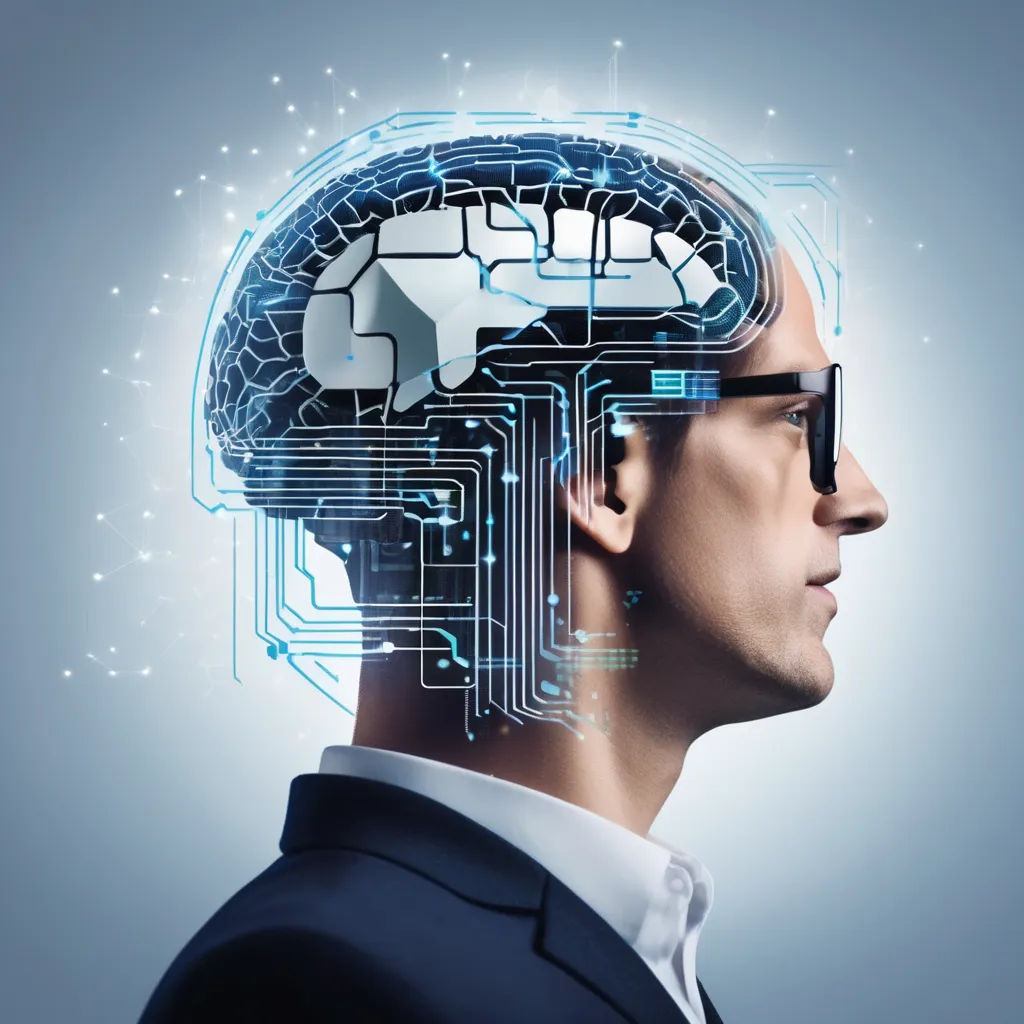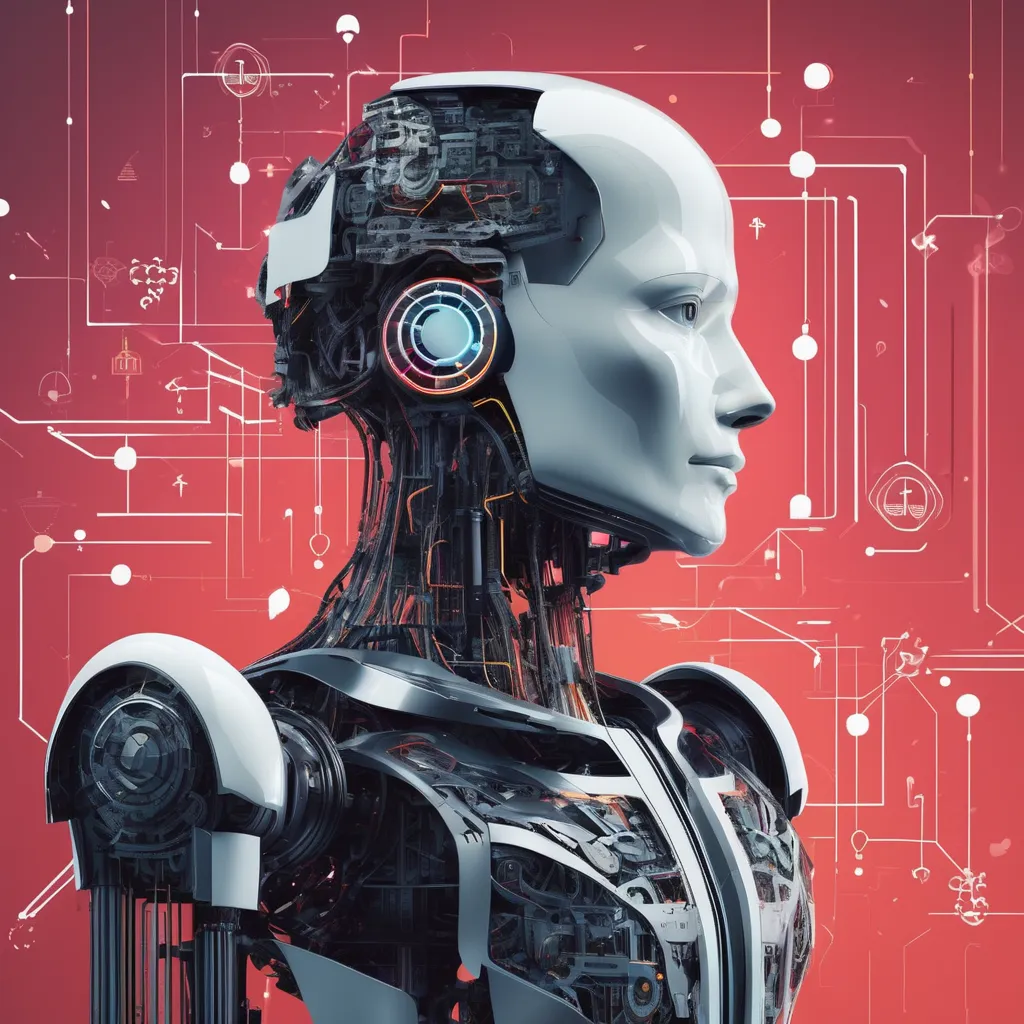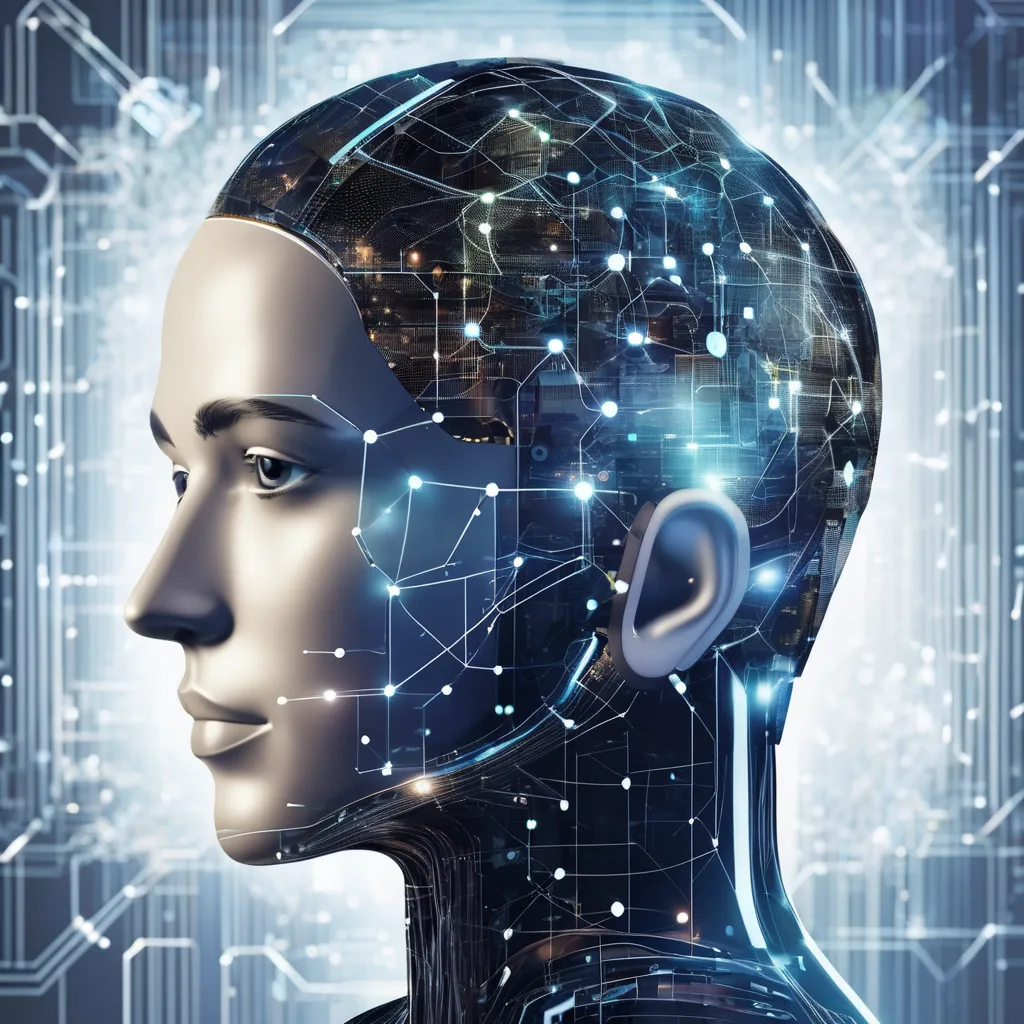What is Malicious AI?
Malicious AI refers to the intentional use of artificial intelligence technologies to cause harm, disrupt systems, or achieve nefarious goals. This can encompass a wide range of activities, including:
- AI-Powered Cyberattacks: Hackers can leverage AI to automate the discovery of vulnerabilities, craft highly personalized phishing emails, or even develop self-learning malware that adapts to security measures.
- Disinformation and Deepfakes: AI-generated fake news, manipulated videos (deepfakes), and social media bots can spread misinformation, sow discord, and manipulate public discourse with alarming effectiveness.
- Autonomous Weapons Systems: The development of AI-powered weapons raises ethical concerns about the potential for machines to make life-or-death decisions without human intervention.
- Privacy Violations and Surveillance: AI-powered facial recognition and data analysis tools can be used for mass surveillance, profiling, and other privacy-invasive practices.

The Implications of Malicious AI
The potential consequences of malicious AI are far-reaching and could have a profound impact on individuals, organizations, and society as a whole. Some of the most pressing concerns include:
- Erosion of Trust: The proliferation of deepfakes and disinformation could erode trust in information sources, making it increasingly difficult to discern fact from fiction.
- Economic Disruption: AI-powered cyberattacks could cripple critical infrastructure, disrupt financial markets, and cause widespread economic damage.
- Social and Political Instability: Malicious AI could be used to manipulate elections, incite violence, and exacerbate social divisions.
- Existential Risks: Some experts warn that the development of superintelligent AI, if not carefully managed, could pose an existential threat to humanity.

Mitigating the Risks of Malicious AI
Addressing the challenges posed by malicious AI requires a multi-faceted approach involving collaboration between governments, industry leaders, researchers, and civil society. Some key strategies include:
- Robust Cybersecurity: Developing and implementing robust cybersecurity measures to protect against AI-powered attacks is crucial. This includes investing in AI-driven security tools that can detect and respond to threats in real-time.
- Regulation and Governance: Establishing clear ethical guidelines and regulatory frameworks for the development and use of AI is essential. This could involve restrictions on certain types of AI applications, transparency requirements for AI algorithms, and accountability mechanisms for those who misuse AI.
- Public Awareness and Education: Raising public awareness about the risks of malicious AI and promoting digital literacy can help individuals become more discerning consumers of information and less susceptible to manipulation.
- International Cooperation: Given the global nature of the threat, international cooperation is vital to address the challenges posed by malicious AI. This could involve sharing information, developing common standards, and coordinating responses to emerging threats.

The Road Ahead
The future of AI is uncertain, but one thing is clear: the potential for both good and harm is immense. As AI continues to advance at an unprecedented pace, it is imperative that we proactively address the risks of malicious AI to ensure that this powerful technology is used for the benefit of humanity, not its detriment. The choices we make today will shape the future of AI and determine whether it becomes a force for progress or a source of peril.
Please Don’t Forget To Leave a comment For US.







